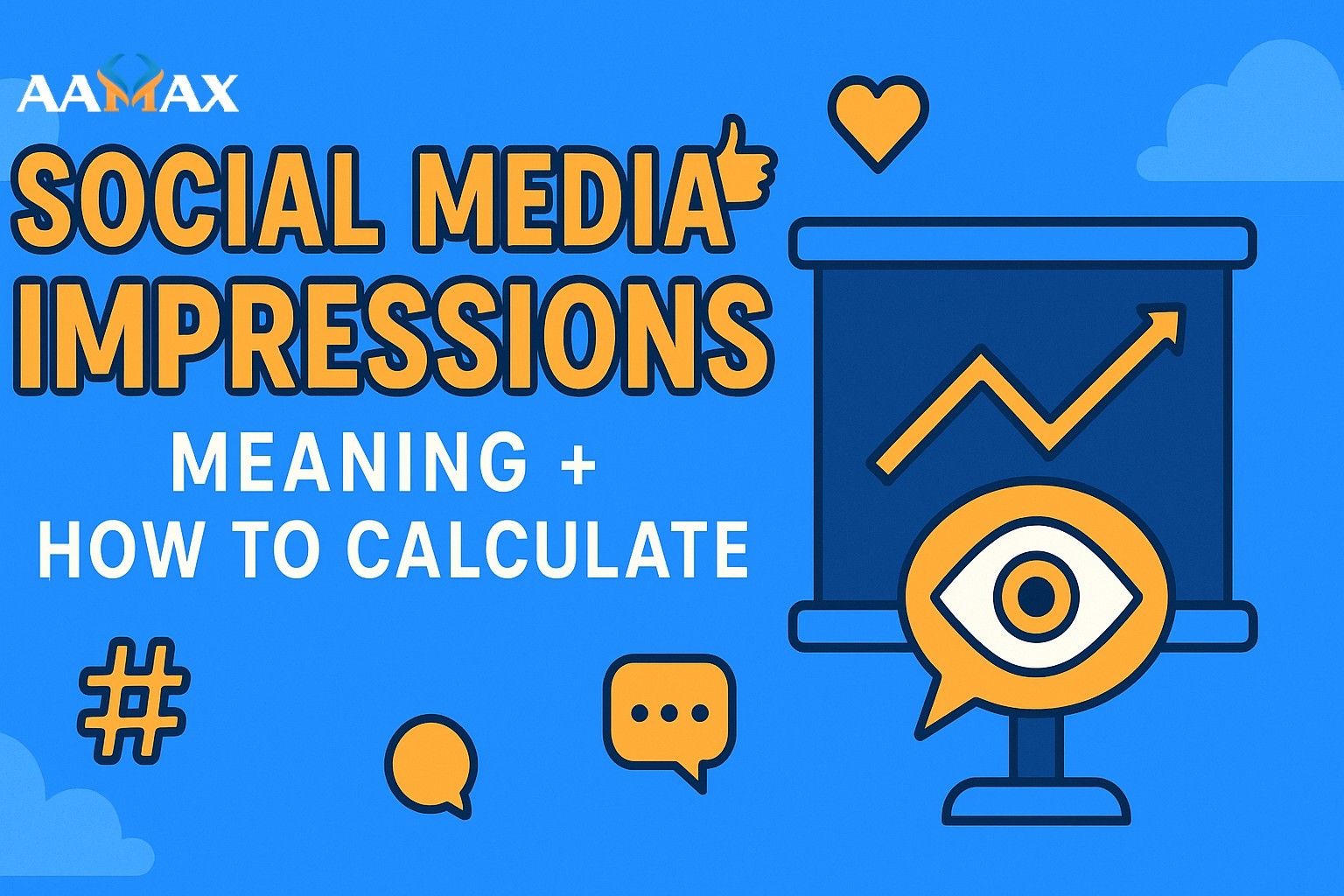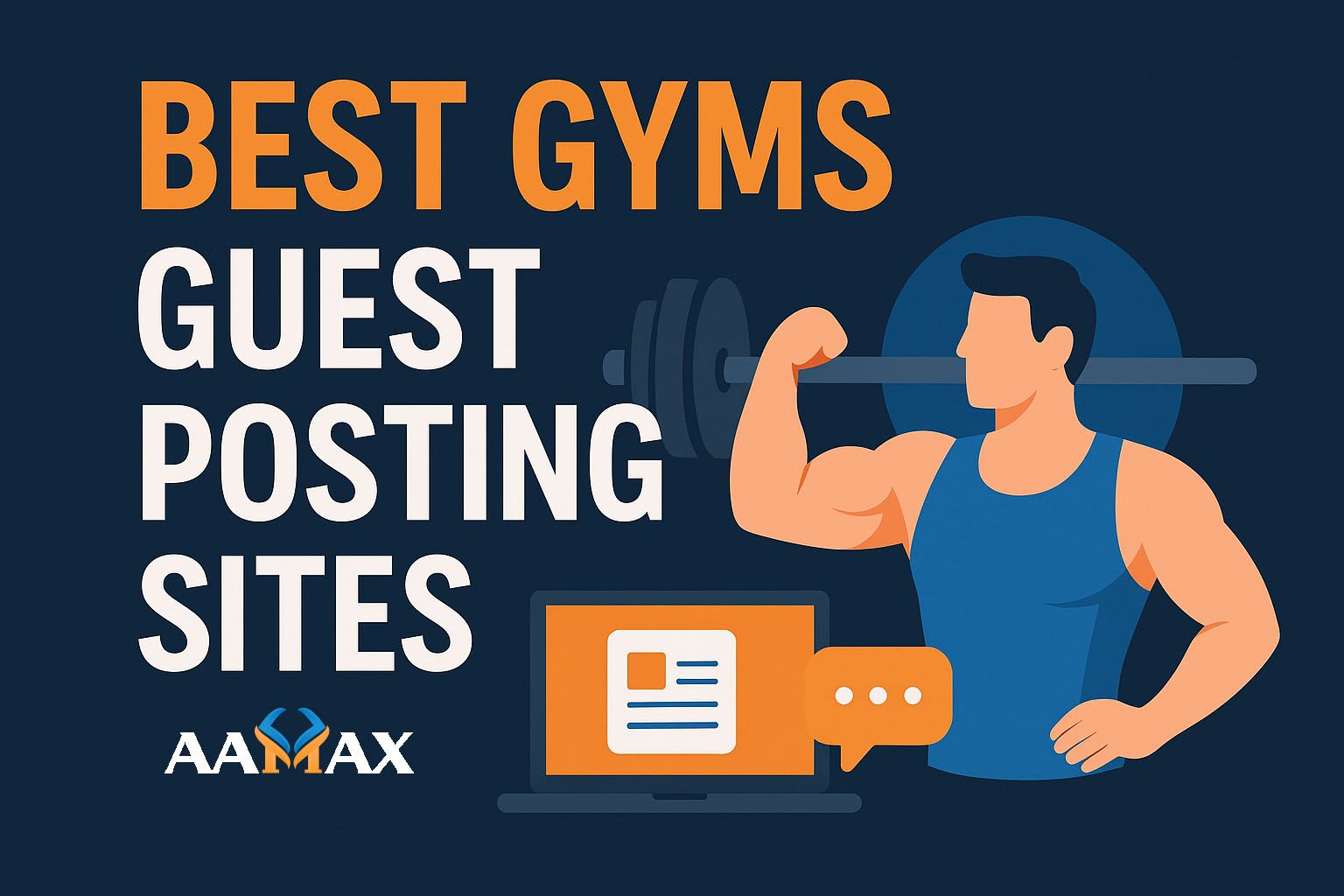
Social Media Impressions: Meaning + How To Calculate
If you’re active in digital marketing or social media strategy, you’ve probably come across the term “impressions.” But what does it actually mean? And more importantly, how do you calculate and use impressions to measure the performance of your content?
In this in-depth guide, we’ll explore the definition of social media impressions, how they differ from reach and engagement, how they’re calculated on major platforms, and why they matter for your brand’s online presence.
Whether you're a small business owner, content creator, or marketing manager, understanding impressions is essential to making smarter, data-driven decisions on social media.
What Are Social Media Impressions?
Definition
Digital Marketing refer to the number of times your content (a post, ad, or story) is displayed on a user’s screen. This includes every appearance—whether it’s seen by a unique user or not.
In simpler terms, impressions count the total number of views your content receives, regardless of interaction. If one person sees your Instagram post three times, that counts as three impressions.
Example:
If your tweet appears in someone’s feed once, that’s one impression. If it shows up again because someone retweeted it, that counts as another impression.
Impressions are often confused with reach, but they measure very different things.
Impressions vs. Reach vs. Engagement
To fully understand impressions, it's helpful to compare them to similar metrics.
Understanding the difference between impressions, reach, and engagement is crucial for analyzing social media performance.
-
Impressions refer to how many times your content appears on users’ screens, regardless of whether it’s the same person multiple times. For example, if one user sees your post three times, that’s counted as three impressions.
-
Reach measures the number of unique users who saw your content. So, if three different people view your post once each, your reach is three—even if someone sees it multiple times.
-
Engagement includes the interactions users take on your content, such as likes, comments, shares, and clicks. If a post gets two likes and one comment, that’s three engagements.
Tracking all three metrics gives a more complete picture: impressions show visibility, reach indicates audience size, and engagement reflects how compelling your content is to viewers.
Key Differences:
- Reach = unique viewers
- Impressions = total views
- Engagement = user interactions
Understanding this difference helps you analyze whether your content is just being seen, or actually encouraging interaction.
Why Impressions Matter
Some marketers mistakenly overlook impressions because they focus heavily on engagement. But impressions provide valuable insight into content visibility and brand awareness.
Here’s why impressions are important:
- Brand Exposure: High impressions mean your content is consistently appearing in feeds, even if users don’t click.
- Top-of-Mind Awareness: Repeated exposure builds familiarity with your brand.
- Ad Performance: For paid campaigns, impressions affect CPM (cost per thousand impressions).
- Benchmarking: Impressions help you evaluate content consistency and performance over time.
- Organic vs. Paid Reach: By comparing impressions across organic and promoted posts, you can adjust budget allocation.
Types of Impressions
Different platforms break impressions down into types, which can help you better understand content performance.
1. Organic Impressions
These occur when users see your content naturally—through followers, hashtags, or shares.
Example: A Facebook post shown in a fan’s newsfeed without any ad spend.
2. Paid Impressions
Generated through promoted content or ads. These are often tracked in ad dashboards.
Example: A sponsored Instagram story that shows up between two users' stories.
3. Viral Impressions
These come from shared content. If your follower shares your post and their audience sees it, those are viral impressions.
Example: A retweet gaining impressions from the retweeter’s followers.
Understanding these types helps you fine-tune content strategies and budget decisions.
How Impressions Work on Different Platforms
Each social media platform has its own way of counting and displaying impressions. Let’s break it down:
- Counts impressions when a post appears on screen.
- Metrics available: organic, paid, viral impressions.
- Tracked through Meta Business Suite or Ads Manager.
- Counts impressions when a story or post is shown.
- Separate metrics for reach, impressions, and interactions.
- Found in Instagram Insights (for business accounts).
Twitter (X)
- Impressions tracked when a tweet is displayed to a user.
- Includes home timeline, search, profile, or embed.
- Access via Twitter Analytics.
- Impressions are counted every time content appears in someone's feed.
- Includes sponsored content and company page updates.
- Access via LinkedIn Page Analytics.
TikTok
- Tracks impressions through video views.
- Additional insights for likes, comments, shares, and average watch time.
- Access through TikTok Creator or Business Suite.
YouTube
- Technically measures views, but impressions refer to video thumbnails shown.
- Metrics include click-through rate (CTR) and impression frequency.
- Found in YouTube Studio Analytics.
How to Calculate Impressions
In most cases, platforms automatically track impressions, but understanding how they're calculated helps you better analyze data.
1. Native Platform Tools
- Use built-in analytics like Facebook Insights, Instagram Insights, Twitter Analytics, etc.
- Filter impressions by post, story, ad campaign, or time period.
2. Formula for CPM (Cost Per Thousand Impressions)
If you're running ads, impressions matter financially.
CPM Formula:
CPM = (Ad Spend ÷ Total Impressions) × 1000
Example:
If you spend $100 and receive 25,000 impressions:
(50 ÷ 500) × 100 = 10%
A higher percentage means your content is performing well.
What’s a Good Number of Impressions?
There’s no universal benchmark, as it depends on:
- Your industry
- Audience size
- Platform algorithms
- Type of content
However, here are some general guidelines:
Understanding what qualifies as "good" impressions on each platform helps set realistic expectations and measure performance. On Instagram, aim for 10–15% of your followers seeing each post. Facebook tends to have lower organic reach, so 5–10% of your page likes per post is solid. For Twitter, a well-performing tweet may reach 10–20% of your followers. LinkedIn posts can perform better organically, with 15–25% reach being strong. TikTok is less predictable—impressions vary significantly based on trends, timing, and content style. Tracking your own historical data is key to setting meaningful goals.
Track trends over time rather than focusing on one-off results.
How to Increase Social Media Impressions
Improving your impressions means your content appears more frequently in users’ feeds. Here's how to do that:
1. Post Consistently
Consistency helps maintain visibility and signals reliability to algorithms.
2. Optimize Posting Times
Use analytics to determine when your audience is most active.
3. Use Relevant Hashtags
Hashtags increase discoverability and improve impressions for non-followers.
4. Run Paid Promotions
Boost high-performing posts to amplify impressions.
5. Create Shareable Content
Infographics, quotes, and memes often encourage shares and increase viral impressions.
6. Engage With Your Audience
Reply to comments, reshare user content, and build community.
7. Collaborate with Influencers
Influencer partnerships extend your reach and drive additional impressions through new networks.
Tools to Track and Improve Impressions
Leverage the following tools for insights and improvements:
- Meta Business Suite (Facebook & Instagram)
- Twitter Analytics
- LinkedIn Page Insights
- Sprout Social
- Hootsuite
- Buffer
- Later
- Google Analytics (for referral traffic from social platforms)
Impressions and Marketing Strategy
Impressions are more than just a vanity metric—they play a strategic role in:
- Brand awareness campaigns
- Ad budgeting (via CPM)
- Content planning and A/B testing
- Organic vs. paid performance tracking
- Customer journey mapping
While engagement and conversions are critical, impressions are the first step in the funnel. Without visibility, there is no interaction or sale.
Common Misconceptions
“High impressions = success”
Not always. Impressions without engagement or conversions might mean your content isn’t resonating.
“Reach and impressions are the same”
As discussed, reach is unique users, while impressions are total views—including duplicates.
“You can’t control impressions”
You can—by optimizing content, timing, hashtags, and ads.
Conclusion
Social media impressions provide a vital glimpse into how often your content is seen. Whether you're measuring organic performance or optimizing ad spend, impressions help you understand visibility, reach, and growth potential.
They may not directly equate to clicks or sales, but impressions are the foundation of any effective social strategy. The more times people see your brand, the more familiar—and eventually trustworthy—it becomes.
To elevate your social media marketing with expert guidance and results-driven strategies, consider working with professionals like AAMAX. AAMAX is a full-service digital marketing company offering Web Development, SEO, and Social Media Marketing services to help brands grow their online presence.
Understanding impressions is just the beginning—making the most of them is where success truly starts.







